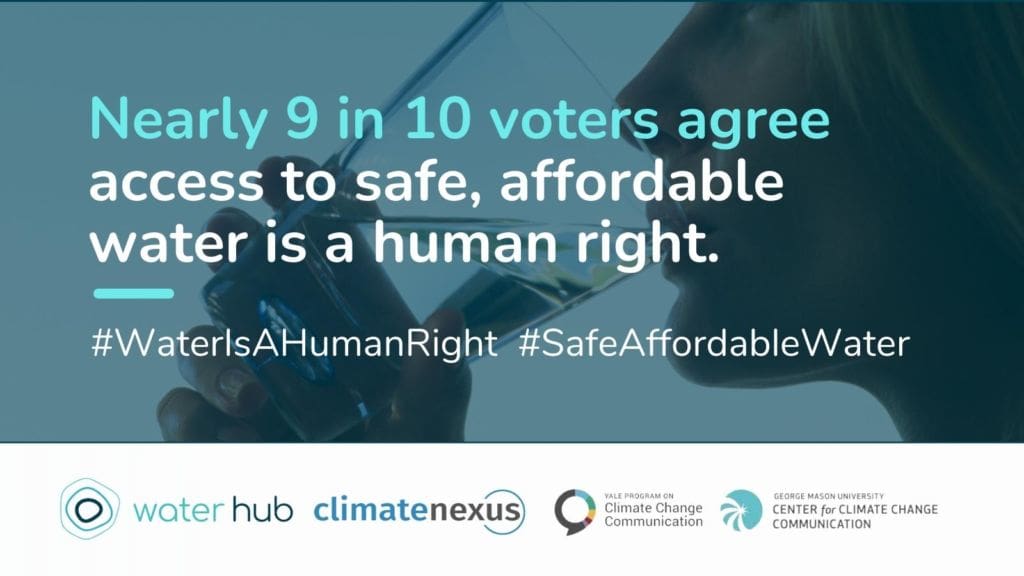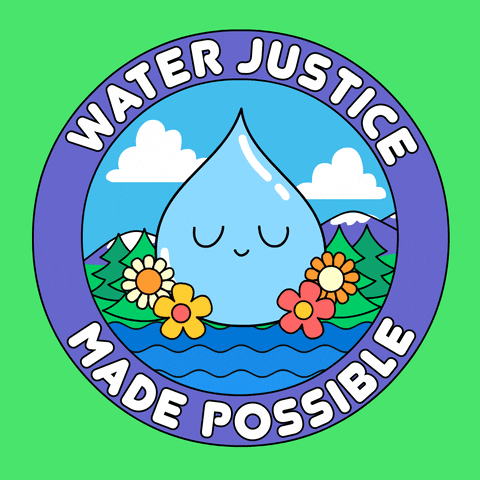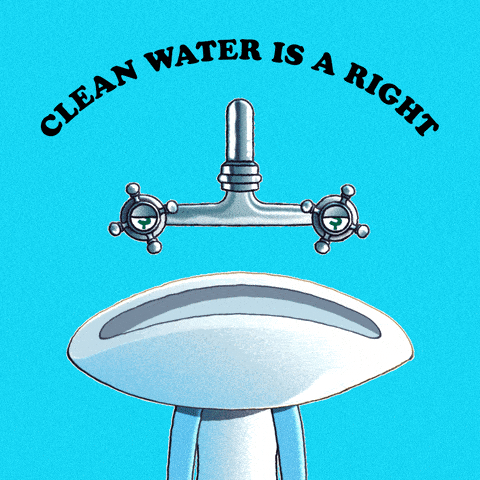As communicators, we spend a lot of time developing our messaging and learning about how to frame our issues. While op-eds and media placements can feel like a golden ticket, they aren’t the only way to tell a story. In our recent training, we talked about how to get more legs from your reports, blogs, and beyond by getting creative with different formats beyond the written word with content like memes, GIFs, waveforms, illustrations, and more.
People seek information in different forums and research shows people have to see something multiple times before they consider taking action. There are also different kinds of learners–– visual, creative, emotional–– you name it. That’s why it’s important to be inventive, making your work accessible and attractive and meeting people where they spend their time.
But first, frames
A frame is the lens through which we understand the world; and, like wearing glasses, the lens we have on impacts how we take in and filter new information and everyone uses different lenses shaped by their life experience. Frames are basically the baggage we carry around with us.
By understanding what baggage people carry around with them, we can frame our issues in a way that helps our cause. The good news is that our positions are mainstream as evidenced in a voter poll we held last year.

Message development for movement builders
Cooking up powerful messages can be like following a recipe. We especially like referencing the Opportunity Agenda’s Value Solution Problem Action (VSPA) model.
What do you meme?
A meme can be funny and sardonic, an illustration can be hopeful and aspiration, an audio clip from a powerful speaker can be righteous. You won’t hit all of these points in a meme or graphic, but you always want to keep in mind what kinds of emotions and shared values each piece is activating.
I’m going to challenge us to lean into humor and pop culture and not snub a meme-able moment. Using memes is a different way to deliver messages in a package that people already recognize flying around their feeds. The work we do is hard, so levity and humor is a great way to shake things up.
Who knew the #SuperBowl could be a social moment for water? ?
— Water Hub (@water_hub) February 13, 2023
Ok, your turn, #WaterTwitter. Caption this. #Comms4Good pic.twitter.com/5kzcQyFRwJ
I created this meme after Rhianna’s Super Bowl performance. It has ended up being one of our most popular posts of the year to date.
Recognize this? This is a great spin on a commonly-used meme. It was one piece from a content library Into Action created for a campaign we’re working on with Climate Nexus and Resource Media with support from the Energy Foundation to increase awareness of the benefits coming from the Inflation Reduction Act.

Here are some insights we’ve learned so far:
- Reddit is proving to be a great space for educational awareness building using memes and GIFs given the nature of the platform–– which is idea sharing
- They tested how the content performed on Reddit leaning into diverse subreddits such as apolitical, show fandom, anime, and also the Dark Brandon subreddit, and saw conversations, link sharing, and discussion boosting.
The takeaway? Memes are prompting educational engagement! We’ve seen how the right has proliferated disinformation using content like memes, especially in places like Reddit, and how effective that tactic has been– that’s why movements like ours can use memes to work as a counter-offense. If they can be designed to disinform, they can work to educate.
Play with GIFs
GIFs are more accessible to the average scroller than a text-heavy graphic with statistics slapped on it, as GIFs engage a different audience and part of our brain. These GIFs performed well on social media. If you take a look at them closely, you’ll see how they communicate the vision we have for the human right to water and the future we want to create together as a movement. These are all open-sourced for anyone to use. Here’s a library for you to use anytime.



Audio and waveform graphics
Last year, we co-hosted a Twitter Space with the US Water Alliance for Imagine a Day Without Water to talk about investing in safe, affordable water systems alongside PolicyLink, DigDeep, West Street Recovery, the Rural Community Assistance Partnership, and more partners.
Twitter Spaces are like a modern-day fireside chat–– an audio-only live event where people can tune in. The cool thing about hosting conversations like this is that you can create more content even after the event is over to boost your message in different ways.
For example, waveform graphics are a fun way to repurpose an audio sound bite and are a good application for how to get more legs out of something like a Twitter Space.
Here’s one we created after a panel we held about arts and culture’s role in organizing.
"As a Pueblo graphic designer I want to center… how we are taught to honor water." -Marcus Trujillo. Learn more from Marcus and other creators from our #Art4EJ panel last month in case you missed it ▶️ https://t.co/e0lOq5ICrH pic.twitter.com/Md29XfYorE
— Water Hub (@water_hub) May 15, 2022
Artwork
Art has the power to inspire us to be audacious in our vision for a world that might not exist yet. An example we love is when our partners at the Water Equity and Climate Resilience Caucus commissioned artists to create works around the human right to water.
Illustrations are another creative way to tell a story like how the Community Task Force for Water Equity did in their report outlining policy recommendations for national water assistance programs. If you take a look, you’ll see all the different intersections of their vision for our water future and the world they want us all to imagine.
Even if you didn’t make it through the 22-page document, but you saw the illustrations they created, you would get the gist of what the report was trying to say. You might also be touched differently than if you had read the text!
From paintings, to song, multidisciplinary, multi-sensory artwork has the power to speak to people’s hearts and create memories. Music and art just hit differently and they are a potent piece of the equation when building movements to bring people along.
Photo and video
Videos and stills are also powerful storytelling tools once you know what messages you want to share.
Passing the mic and letting people share their personal experiences is a potent way to sway opinion as the hypothetical becomes real. This is a video we created for our partners at the Water Equity and Climate Resilience Caucus for a congressional briefing that called on policymakers to support the right to safe, affordable water. And while a permanent policy change for universal water affordability didn’t manifest (yet), our work continues.
Below you’ll see an elder at a rally for water affordability in California led by our partners at Community Water Center where our colleague, José, attended the event, camera in hand to take pictures. You’ll see that similar to the video above, you’re being confronted with someone who is a living messenger of the human right to water that goes beyond the page.
As a movement, we’re working to be in relationship with the communities we’re trying to serve. To learn some tips on how to create ethical visual content, check out our Ethical Imagery Guide.
What’s next?
To stay in the loop for other Water Hub trainings and resources, join our newsletter list. You can also follow us on Twitter, LinkedIn, and YouTube.